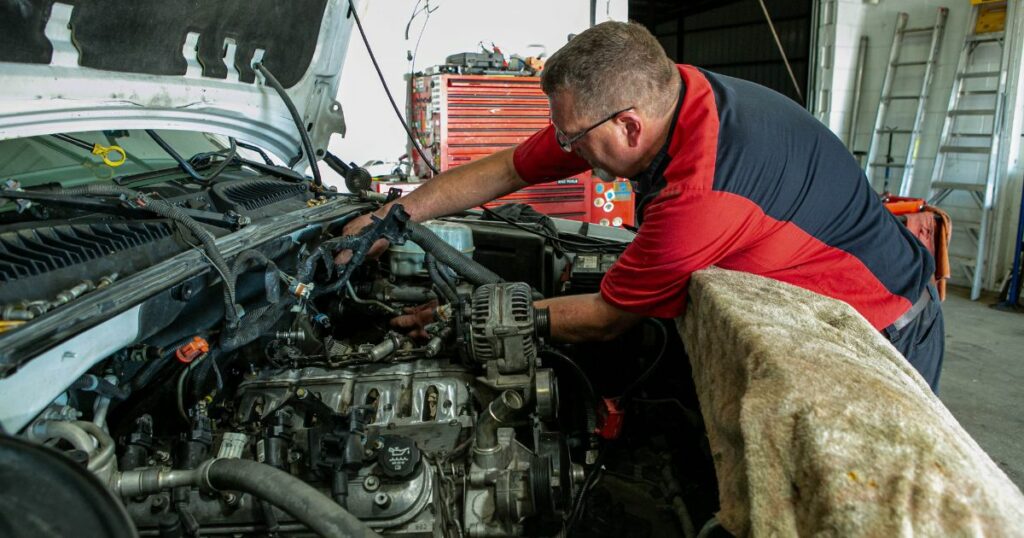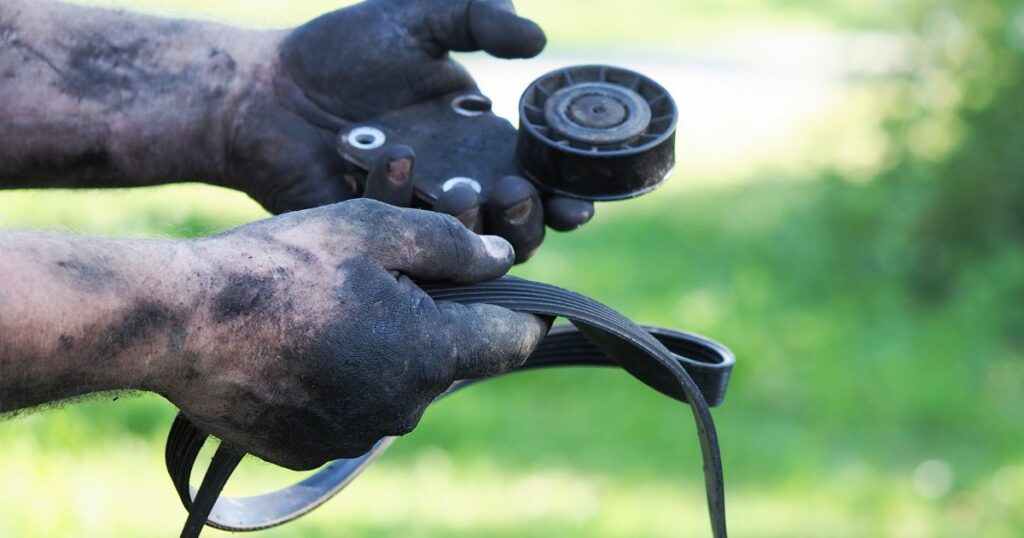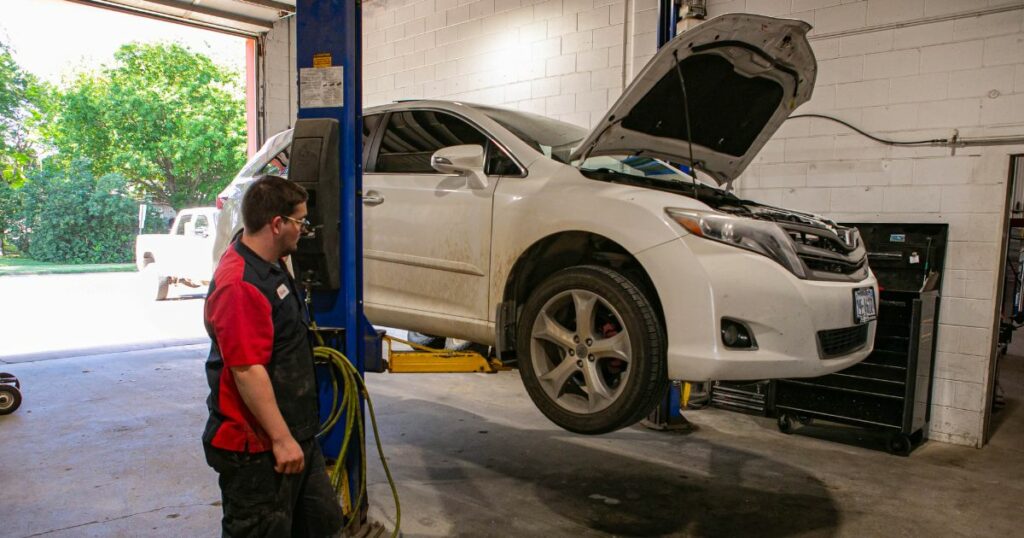Your Vehicle’s Lifelines: Belts and Hoses
Your vehicle is a marvel of engineering, with belts and hoses playing integral roles. These key components are part of your car’s cooling system, air conditioning, charging system, and engine.
The heater and radiator hoses carry liquid coolant to and from the engine, radiator, and heater core, ensuring your car runs at the ideal temperature.
The timing belt maintains the engine’s precision, synchronizing the rotation of the crankshaft and camshaft, which move the engine’s valves and pistons. Not all vehicles have these; some use timing chains instead.
The serpentine belt on the outside of the engine powers various systems in the vehicle, like the air conditioning and charging system.
Given their importance, these components are subject to wear and tear due to factors like vehicle age, mileage, belt tension, hose clamp failure, electro-chemical degradation, and oil contamination. Regular maintenance is critical to prevent costly repairs and inconvenient breakdowns.

Why Regular Maintenance of Belts and Hoses Matters
Although they might seem insignificant, belts and hoses actually have one of the shortest life spans among car components. They endure engine heat, vibrations, and harmful chemicals, which can cause cracks and leaks.
Be aware of symptoms like squeaking, screeching, or grinding noises when starting your engine or during vehicle operation. Grinding sounds near belts usually point to a bad pulley bearing, which could lead to a belt replacement.
Other telltale signs include loss of power, leaking coolant or other fluids, illuminated dashboard lights, rising steam from the engine, and air conditioning failure.
Higher temperatures in the summertime accelerate the deterioration of these rubber components, making it an especially important season for maintenance.
Because visual inspection of belts and hoses can be challenging, it’s best to follow your manufacturer’s recommendations for scheduled maintenance.

Trust Your Car with Country Tire Automotive
At Country Tire Automotive, we understand the importance of belts and hoses in your vehicle. With over 30 years of experience, we offer superior service in Blair, NE, Shenandoah, IA, Glenwood, IA, and surrounding areas. We’re committed to enhancing your vehicle’s safety, efficiency, and longevity.
Ensure your car gets the care it deserves. Schedule a maintenance check for your belts and hoses today at. Your car will thank you!
Frequently Asked Questions About Belts and Hoses
We know you might still have a few questions about belts and hoses.
To make sure you’re well-informed, we’ve compiled some of the most frequently asked questions about these critical components.
1. What is the role of belts and hoses in my car?
Belts and hoses are vital to your car’s cooling system, air conditioning, charging system, and engine. They ensure your car operates efficiently and maintain engine precision.
2. What causes wear and tear on belts and hoses?
Factors like vehicle age, mileage, belt tension, hose clamp failure, electrochemical degradation, and oil contamination contribute to the wear and tear of your car’s belts and hoses.
3. How can I tell if my belts and hoses are failing?
Signs of failing belts and hoses include squeaking or grinding noises, loss of power, leaking coolant or other fluids, illuminated dashboard lights, rising steam from the engine, and air conditioning failure.
4. Why is summer maintenance important for belts and hoses?
Summer’s high temperatures can accelerate the deterioration of the rubber components in belts and hoses. Therefore, it’s crucial to schedule regular maintenance during this season.
5. How often should I replace my car’s belts and hoses?
This largely depends on your vehicle’s make, model, and age. However, as a rule of thumb, always follow your manufacturer’s recommendations for scheduled maintenance.
6. What is the difference between a timing belt and a timing chain?
Some cars use a timing belt to synchronize the engine’s valves and pistons, while others use a timing chain. The difference lies in the material — belts are made of rubber, while chains are made of metal.
7. What happens if a belt breaks while I’m driving?
If a belt breaks while you’re driving, it can cause serious damage to your engine. You might experience loss of power, engine overheating, or complete engine failure.
8. Is it necessary to replace all belts and hoses at the same time?
While it’s not always necessary, it’s often a good idea to replace all belts and hoses at the same time, especially if they’re of similar age and wear.
9. What is a serpentine belt?
A serpentine belt is a single, long belt that drives multiple peripheral devices in your car’s engine, such as the alternator, power steering pump, water pump, and air conditioning compressor.
10. How can Country Tire Automotive help with my belts and hoses maintenance?
With over 30 years of experience, Country Tire Automotive provides expert maintenance and replacement services for belts and hoses. Our skilled technicians will ensure your car is in top condition.
We hope these FAQs have shed light on the importance of maintaining your vehicle’s belts and hoses. If you still have questions or need help, don’t hesitate. Schedule a maintenance check today at
Keep your car running smoothly and prolong its life with our expert services.
